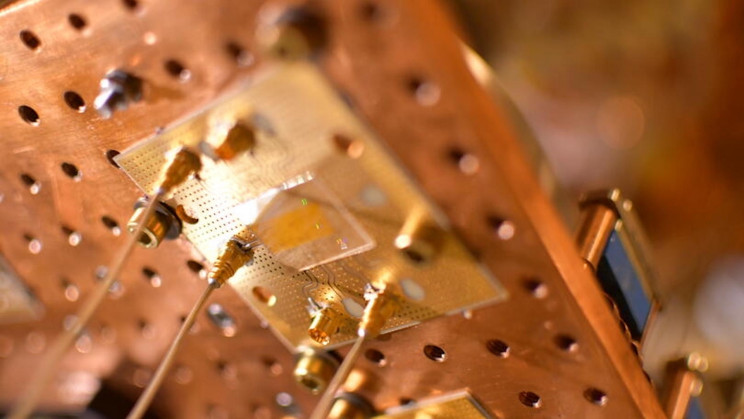Self-Driving Cars: The Future of Transportation?
Self-driving cars have been touted as the future of transportation, promising a significant reduction in road accidents. While studies suggest they may be safer overall, a recent California study highlights some potential hurdles. The research indicates that self-driving cars can struggle with two specific situations: sharp turns and periods of low sun, like sunrise and sunset.
Challenges in Common Road Conditions
This is concerning because these are common road conditions. Sharp turns can disrupt the way self-driving cars perceive their surroundings, and low sun can create glare or cast confusing shadows that interfere with their sensors.
Study Findings on Accident Rates
“The analysis suggests that accidents involving vehicles equipped with Advanced Driving Systems generally have a lower chance of occurring than those involving human-driven vehicles in most similar accident scenarios,” the study authors explained. “However, accidents involving Advanced Driving Systems occur more frequently than human-driven vehicle accidents under dawn/dusk or turning conditions, which is 5.25 and 1.98 times higher, respectively,” the study authors added.
The Path Forward for Self-Driving Technology
While this doesn’t negate the potential safety benefits of self-driving cars, it underscores the need for further development. Addressing these limitations is crucial for ensuring these vehicles can navigate the full spectrum of road conditions safely and effectively.







